Energy Transition Trading: Align Your Portfolio with the Future
The global shift toward sustainability has sparked a financial revolution—Energy Transition Trading. Once considered niche or risky, green investments are now at the forefront of global markets. Whether you’re an environmentally-conscious investor or simply seeking long-term opportunities, understanding this trend can position you at the heart of the future economy.
In this blog, we’ll walk you through carbon credit asset trading, green bonds, clean energy ETFs, and oil transition plays—with practical insights to help you start confidently.
🌍 Carbon Credit Asset Trading: Profit from Pollution Reduction
What Are Carbon Credits?
Carbon credits are permits allowing companies to emit a certain amount of carbon dioxide or greenhouse gases. One credit equals one ton of CO₂. When businesses emit less than their allowance, they can sell the surplus. When they exceed it, they must buy credits to offset.
How Investors Benefit
As countries and corporations adopt net-zero targets, the demand for carbon credits is rising. Here’s how you can participate:
Buy carbon credit ETFs like KRBN or GRN that track global carbon allowance markets.
Trade carbon futures on exchanges like ICE, especially if you understand commodities or want to hedge emissions exposure.
Invest in carbon offset startups, especially those involved in reforestation or carbon capture.
✅ Pro Tip: Watch government policies—tightened regulations often lead to price spikes in carbon markets.
💰 Green Bonds: Fixed-Income for a Greener Planet
What Are Green Bonds?
Green bonds are debt securities issued to fund environmentally sustainable projects—think renewable energy farms, pollution reduction tech, or sustainable agriculture.
Governments, corporations, and even development banks issue them. The returns are similar to regular bonds but with an ethical bonus.
Benefits for Investors
Stable Income: Green bonds often come with lower risk and predictable returns.
ESG Alignment: Perfect for those following environmental, social, and governance (ESG) investing principles.
Tax Incentives: In some jurisdictions, green bond investments come with tax breaks or incentives.
Popular ETFs like iShares Global Green Bond ETF (BGRN) help you get diversified exposure without picking individual bonds.
⚡ Clean Energy ETFs: Exposure to Solar, Wind & Renewables
What Are Clean Energy ETFs?
These funds invest in companies innovating in solar, wind, hydro, hydrogen fuel, battery storage, and grid technologies. As fossil fuels face declining demand, clean energy continues to grow.
Top ETFs to Watch
ICLN (iShares Global Clean Energy ETF)
TAN (Invesco Solar ETF)
PBW (Invesco WilderHill Clean Energy ETF)
Why They Matter
High Growth Potential: Many clean energy stocks are in early growth stages.
Global Demand: Governments worldwide are funding renewable initiatives, boosting sector stability.
Portfolio Diversification: These ETFs hold dozens of stocks, reducing the risk of individual company failure.
⚠️ Note: Clean energy can be volatile. It’s often better suited for long-term investors with higher risk tolerance.
🛢️ Oil Transition Plays: Traditional Energy’s Green Makeover
Even oil giants are adapting. As pressure mounts from shareholders, consumers, and governments, traditional energy companies are investing billions in clean technologies.
Examples of Oil Transition Strategies:
BP and Shell investing in wind and solar farms.
ExxonMobil and Chevron funding carbon capture and hydrogen R&D.
TotalEnergies transitioning into an “energy major,” not just an oil company.
Investor Insight
Hybrid Profit Model: You benefit from the current fossil fuel economy and the future green economy.
Dividends + Innovation: These companies offer steady dividend payouts while funding future-ready solutions.
Look into transition-focused ETFs or research companies specifically pivoting toward renewables.
🌱 Why Energy Transition Trading Matters in 2025 and Beyond
As the world confronts climate change, energy transition is no longer optional—it’s inevitable. Here’s why you should care:
Governments are mandating change: With rising carbon taxes, clean energy incentives, and emission goals, green investments are receiving tailwinds.
Corporations are adapting fast: ESG is no longer a buzzword. It affects valuations, hiring, marketing—and yes, investments.
The public wants it: Consumers are demanding clean energy, and that’s driving companies to innovate.
💼 Beginner’s Action Plan
Not sure where to start? Here’s a step-by-step guide for new investors:
Step 1: Educate Yourself
Start with basic resources like:
Government portals on green bonds
Step 2: Pick Your Lane
Are you more into:
Passive investing? → Clean energy ETFs
Income investing? → Green bonds
High-risk, high-reward? → Carbon credit trading or startups
Step 3: Start Small
You don’t need lakhs to start:
Invest ₹500–₹1000 monthly in a clean energy ETF through platforms like Zerodha, Groww, or Upstox.
Try paper trading in carbon credits if you’re not ready for real money.
Step 4: Track & Learn
Follow:
Global climate policy changes
Tech news in energy
Sustainable finance influencers on LinkedIn or Twitter
🌎 Ethical + Profitable: A Rare Combo
Investing in the energy transition is not just smart—it’s responsible. You’re not only positioning yourself for future profits, but you’re also contributing to a more sustainable planet.
And the best part? You don’t need to be a pro. You can start today, with just a smartphone and a willingness to learn.
📍 Visit YourPaathshaala
Near 🏥 Anjali Children Hospital, Tagore Nagar, Mathpurena, Raipur
📫 PIN Code: 492001, Chhattisgarh
📞 Click the Call Now to start learning how financial systems really work! To check out the full article click here!



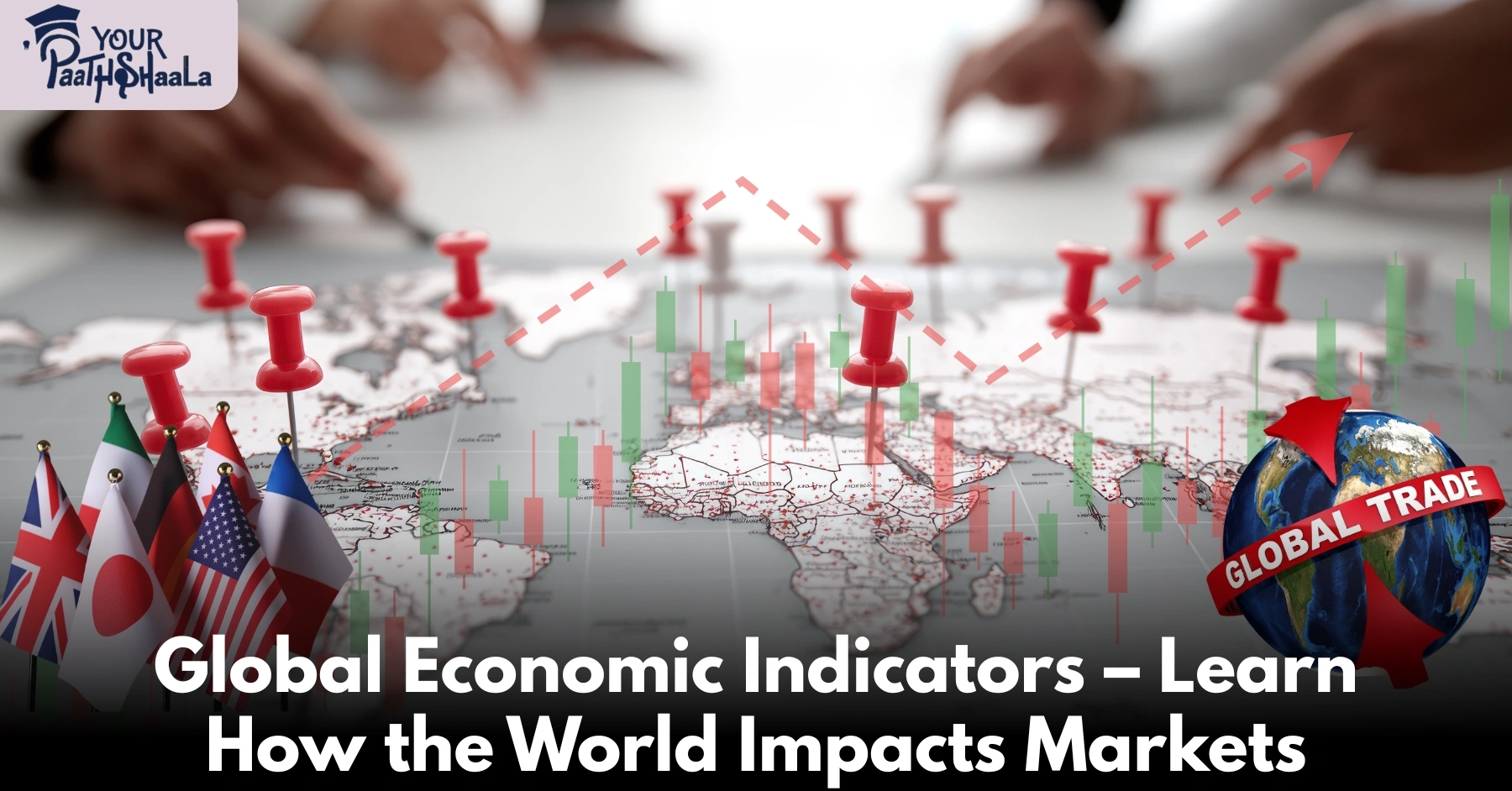

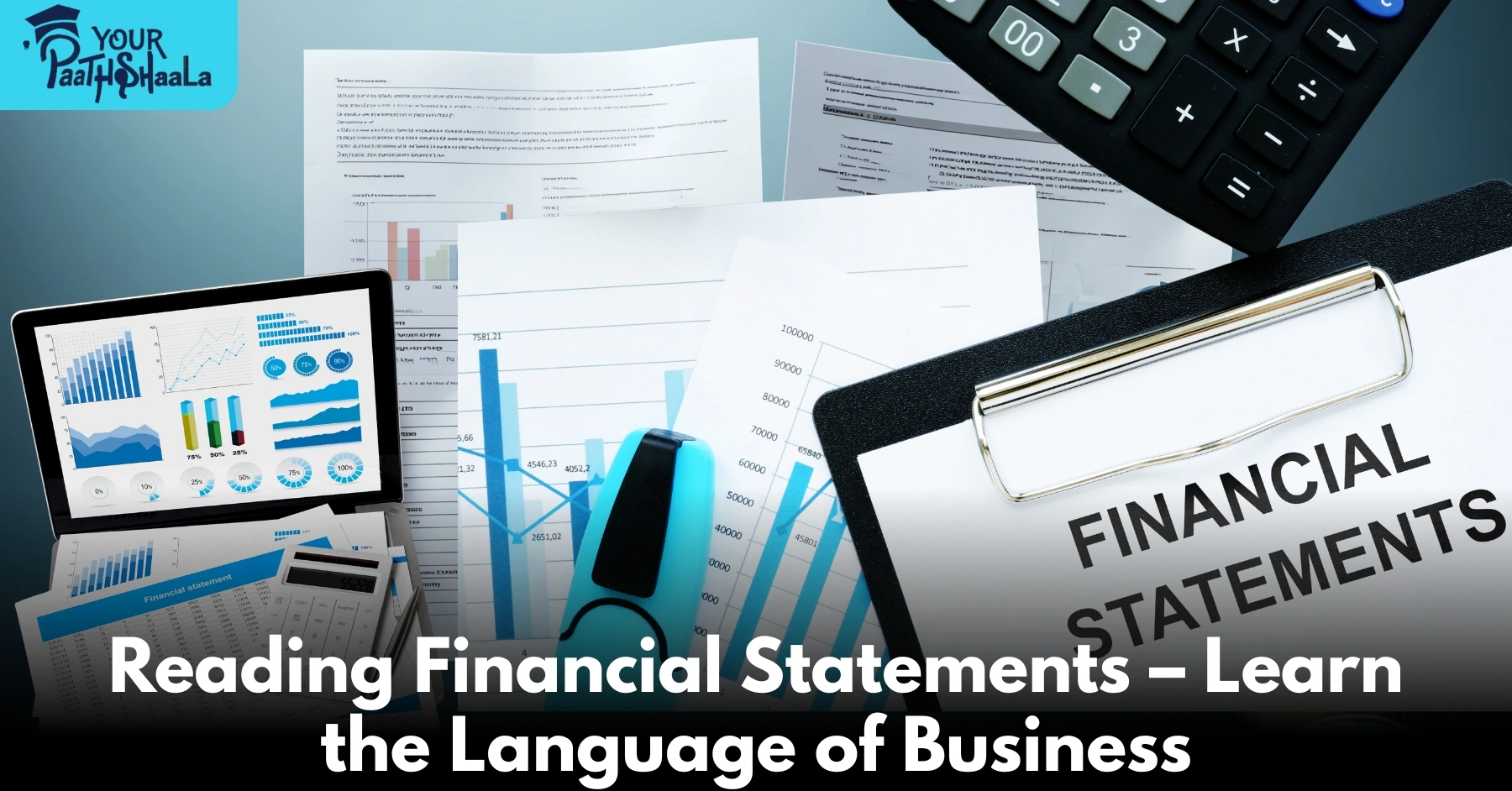
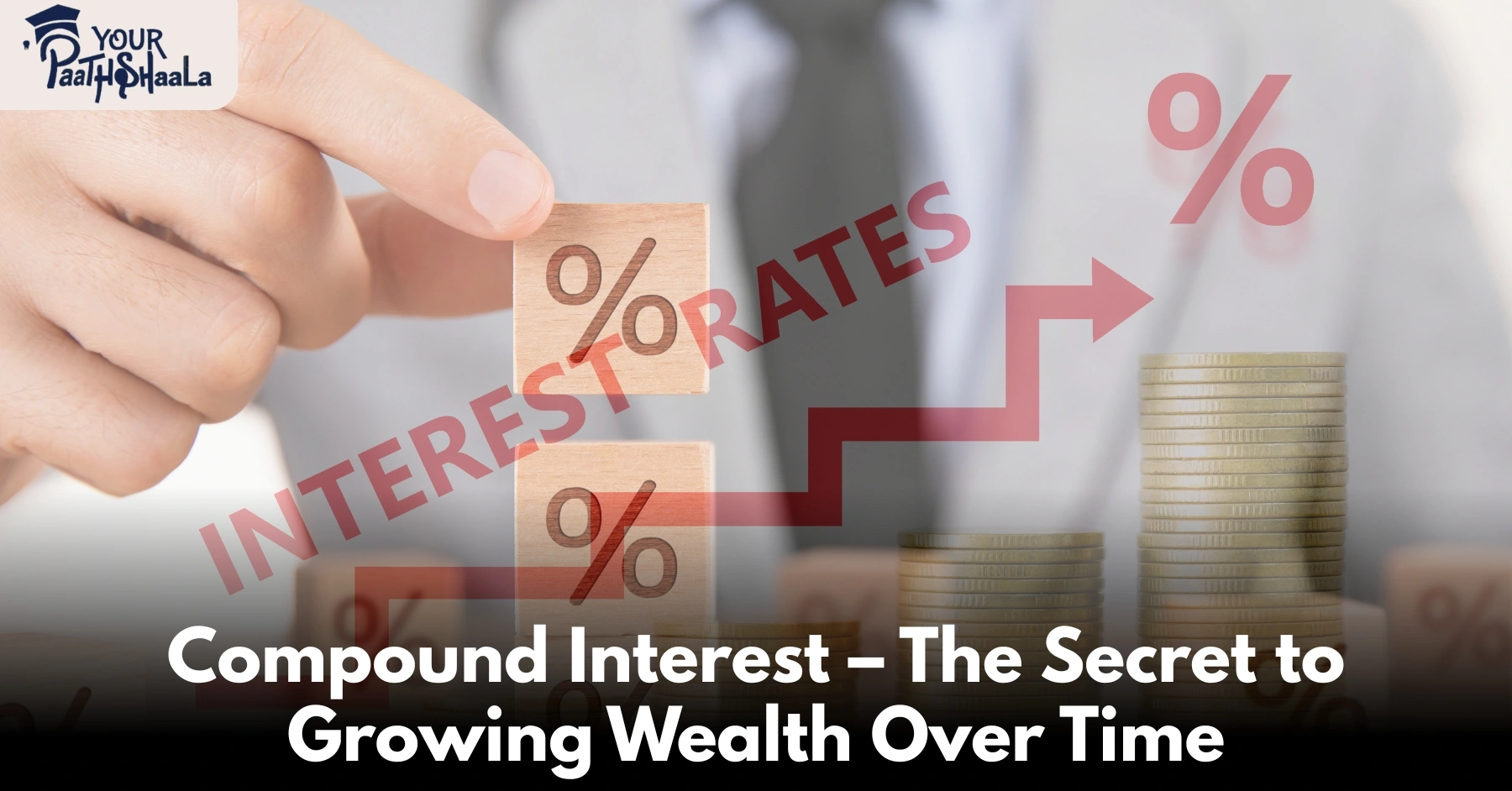
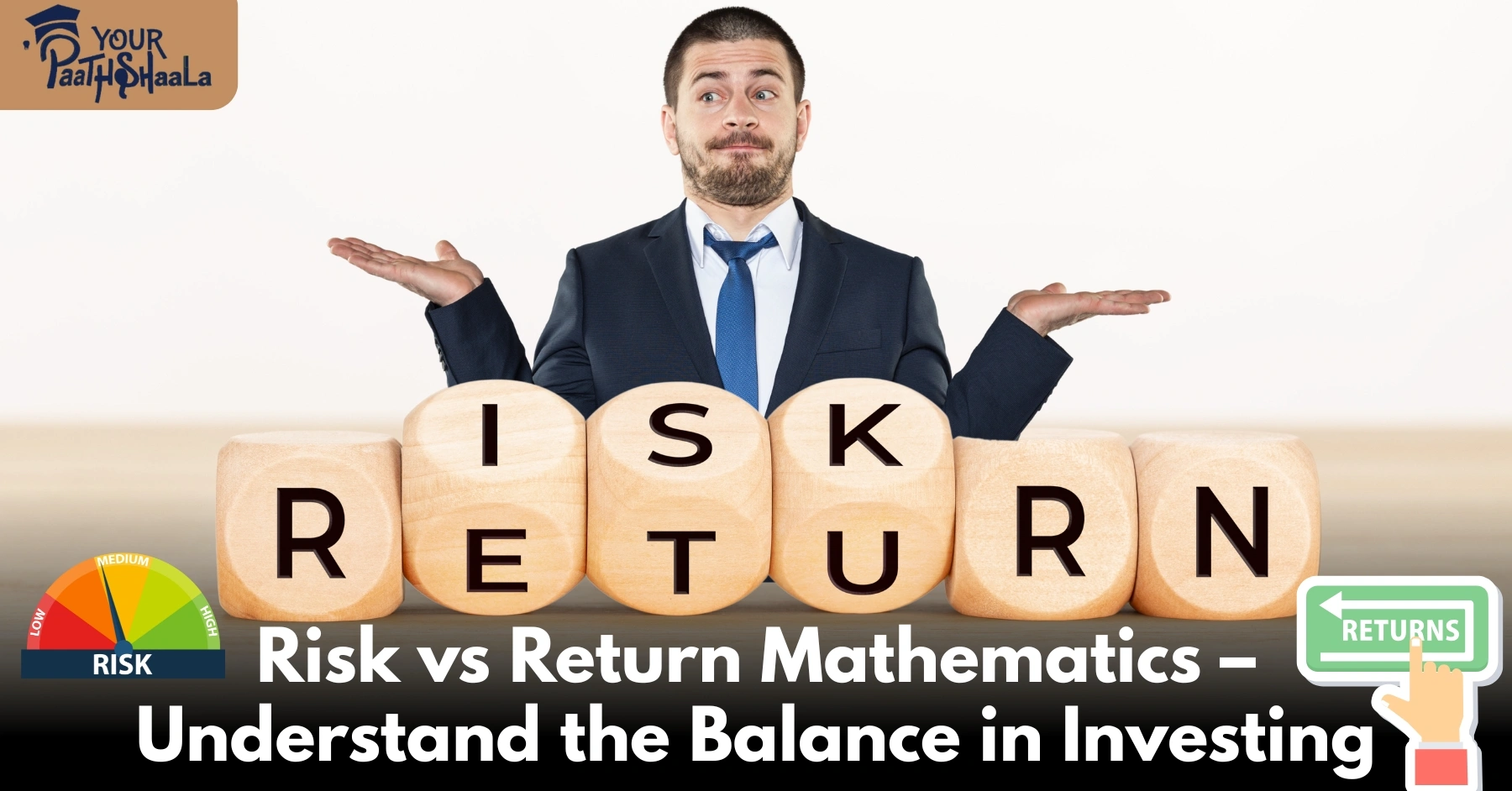

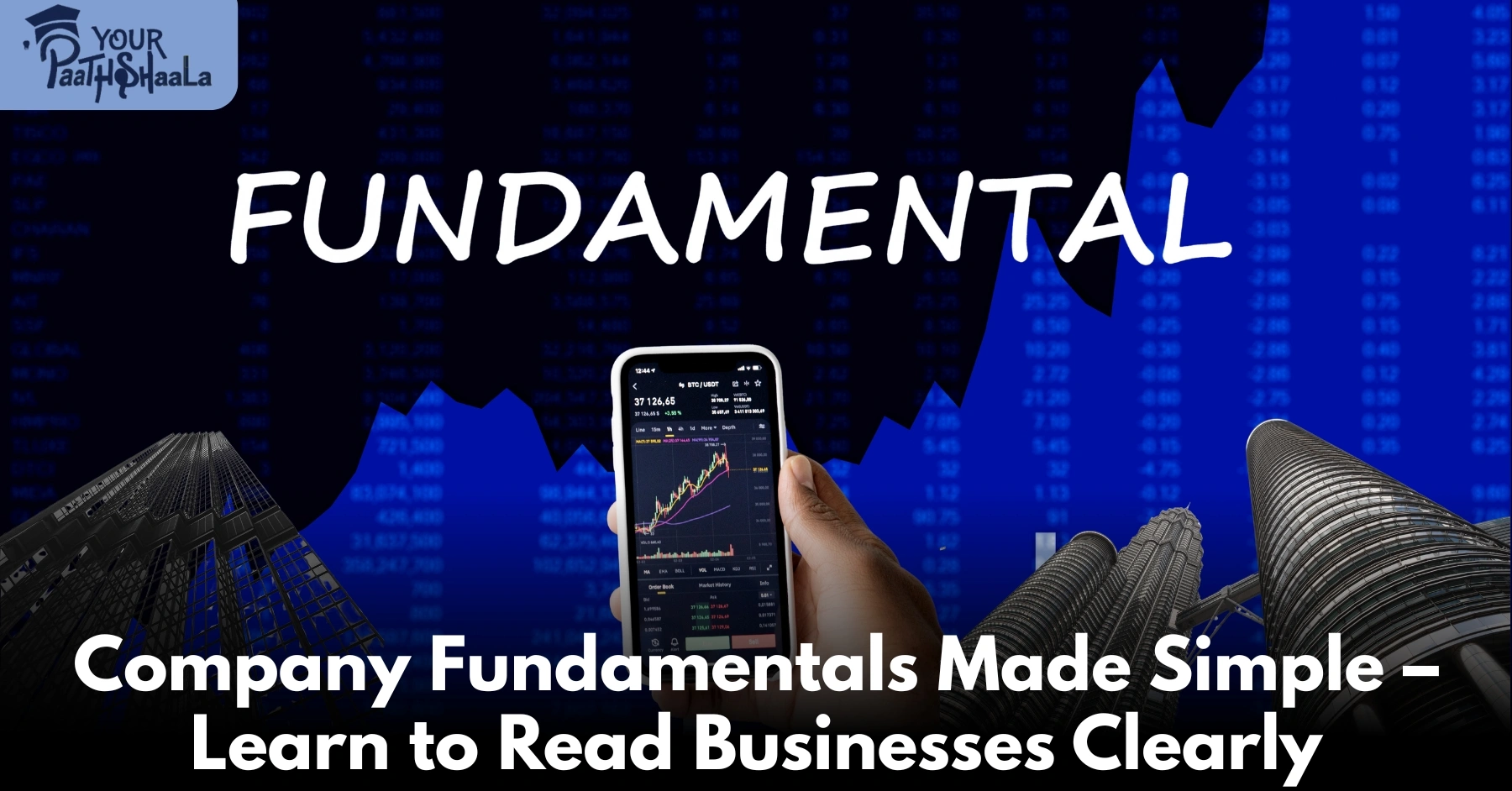


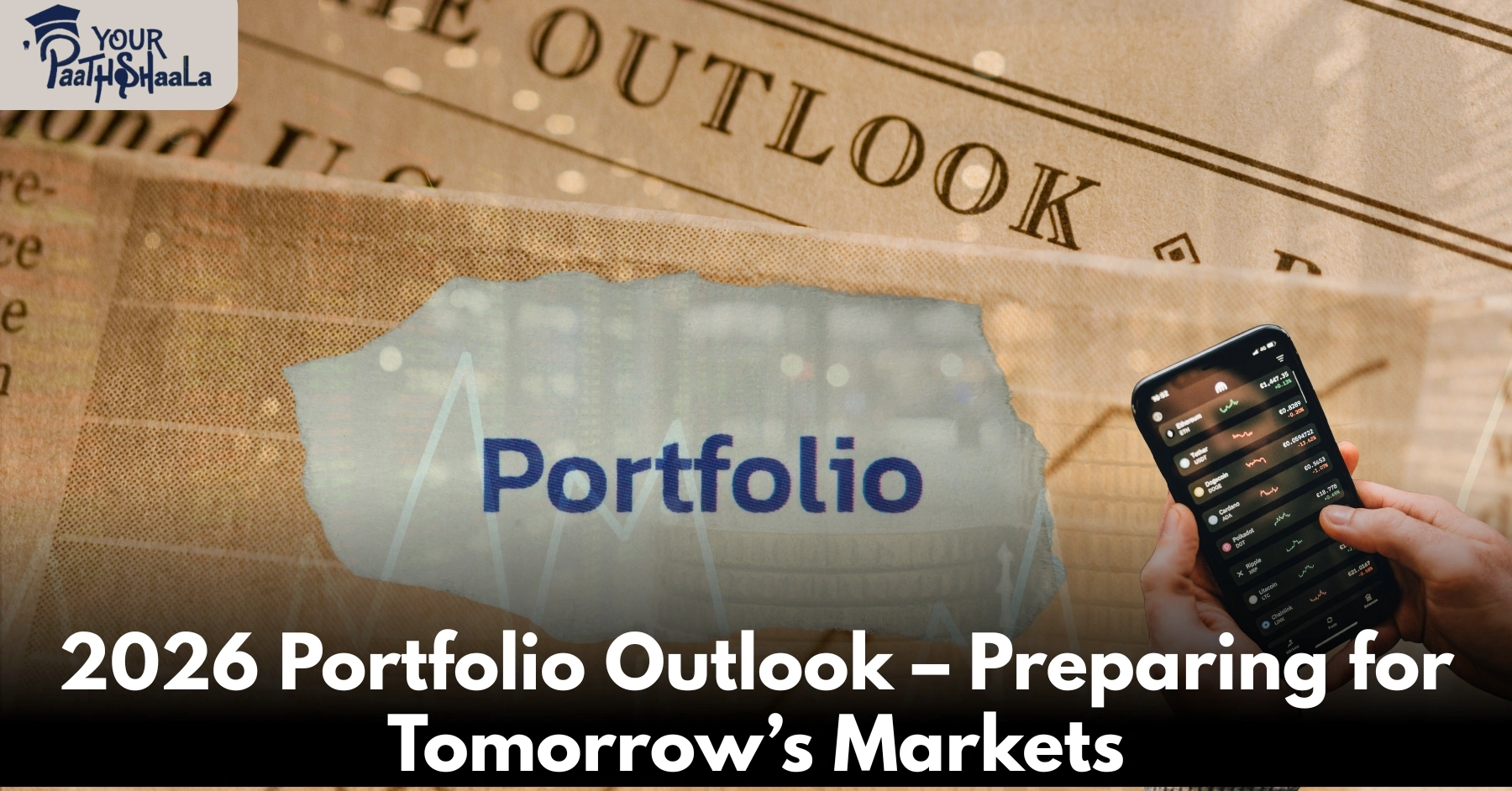
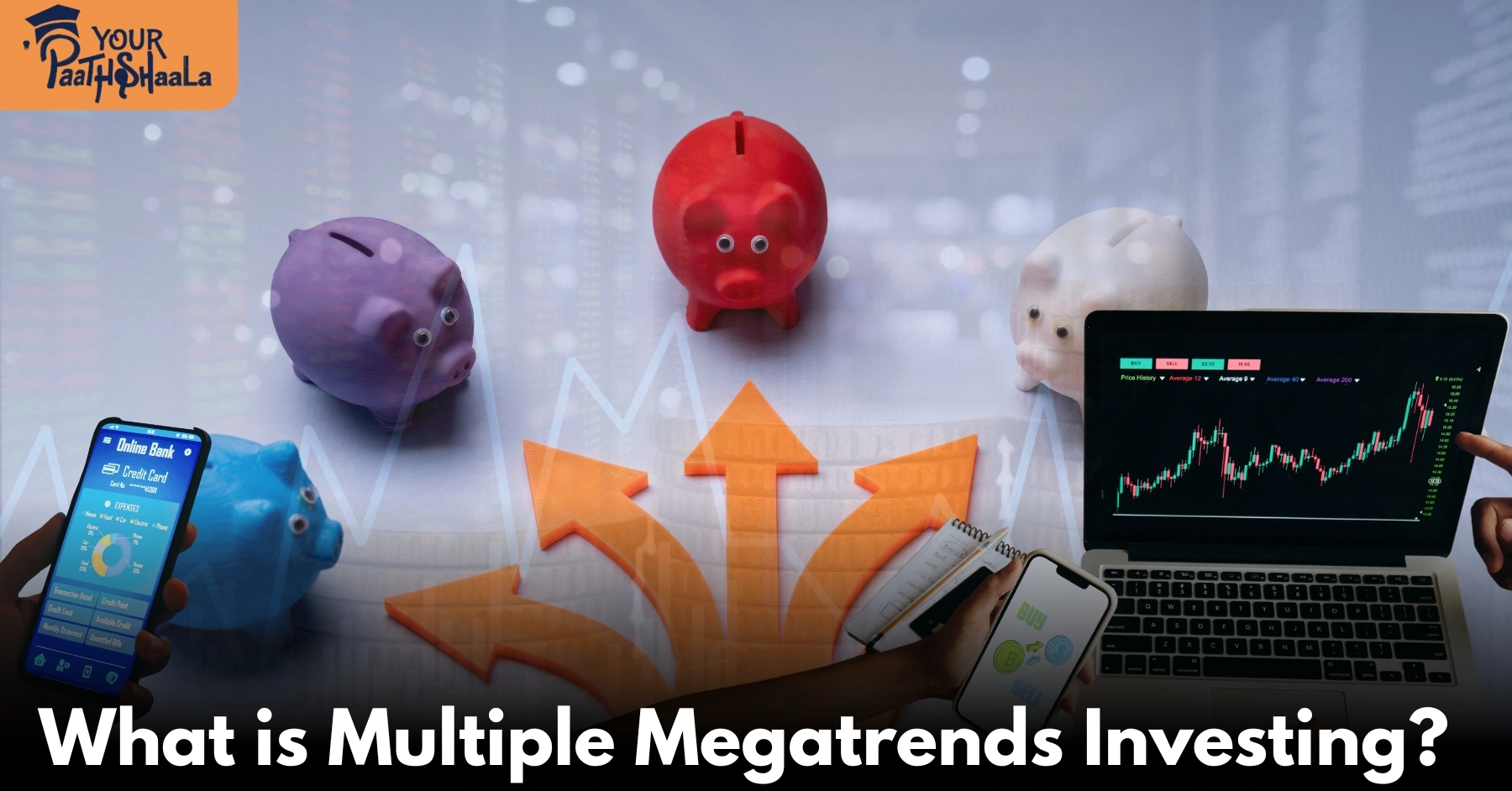
[…] Prev Next […]
[…] What is Energy Transition Trading 2025? […]